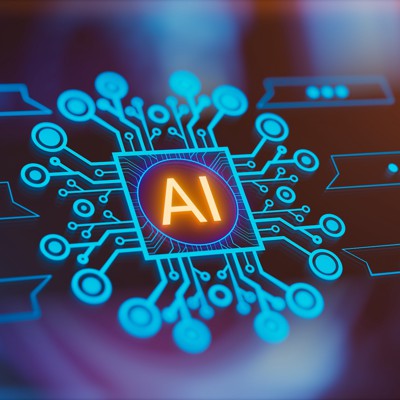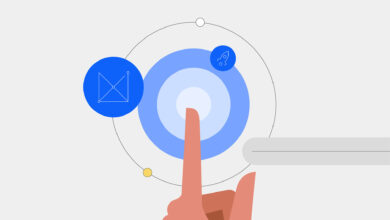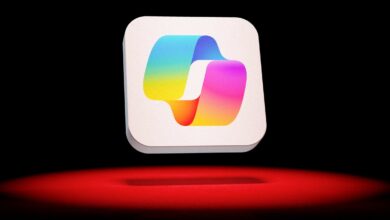4 ways generative AI will improve the federal government

The federal government is increasingly realizing the extensive potential of generative AI to improve process and workforce efficiency, enhance citizen services, and to protect our nation’s interests.
As the federal government increasingly adopts and integrates GenAI functionality into existing and new system platforms, we can expect to see several significant advancements in government capabilities on the horizon. Here are a few examples:
1. Better and more intuitive interactions with citizens
GenAI will enable the government to better analyze, parse, understand and execute on the vast amount of data the government uses to help citizens and companies live their lives and do business. With GenAI, a person’s form or application that could take days (or weeks) to process could be reduced to hours as AI algorithms “learn” the next step in processes and workflow. This means that constituents can get what they need faster, with the opportunity for government to reach out to them proactively anticipating the citizen’s needs. This technology will help with any mission government agencies are looking to achieve from automated regulatory filings to integrated and faster income tax returns.
2. Streamlined contracting and procurement
The “business of the business” in government can sometimes be a daunting task. The federal government works with thousands of contractors on over a million different programs. This requires vast resources dedicated to contract acquisition and management, compliance monitoring, record-keeping, data integration, permissions and approvals, as well as many other tasks that require many hours of labor and are subject to human error. GenAI will enable the government to more effectively manage and interact with commercial and third-party players. It will also be able to put the right resources in the right place and identify gaps in supply and provider chains, while reducing redundancy, fraud, and waste.
3. Increased defense awareness, intelligence, and capability
With GenAI, our national defense capabilities will be more agile, informed, and prepared than ever before. Our military and intelligence sectors will be better able to share information, improve situational awareness, and have a better grasp of logistics, infrastructure, and personnel support throughout the Defense Department. Additionally, GenAI will help defense agencies gain a comprehensive view of enormous amounts of data to enable virtualization and predictive modeling to better anticipate and react to threats to national and global security.
4. Innovative collaboration with the private sector
In 2024 we will see a common vision among the public and private sectors on how GenAI can be used responsibly, safely, and effectively to develop new innovations and applications that will benefit how the government functions. Just as you see regular technology updates in the commercial tech sector, you will see the same rapid evolution as government becomes more proficient in the use of GenAI including weather prediction, population trend analysis, virus infection modeling, geo-imagery visualization and more that have yet to be dreamed of.
We are truly just scratching the surface on the potential of GenAI and the impact on the government. However, reward is not without risk. The federal government must remain vigilant to bad actors who could exploit this technology to spread misinformation, enact cybersecurity attacks, or perpetrate financial fraud and identity theft.
With the right safeguards and watchdogs in place, we should not limit what GenAI can do for our government and our citizens in 2024. There is so much more to come.



